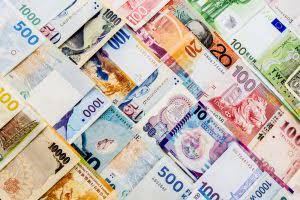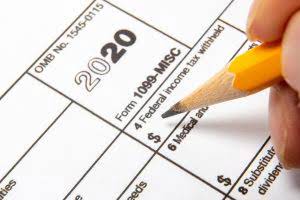
For others who are tied to an hourly job, putting in more direct labor hours results in a higher paycheck. Along the manufacturing process, there are specific items that are usually variable costs. For the examples of these variable costs below, consider https://www.bookstime.com/articles/receivables-turnover-ratio the manufacturing and distribution processes for a major athletic apparel producer.
How are direct costs and variable costs different?
- Factors like production volume, cost per unit, and economies of scale influence variable costs, impacting profitability.
- For this reason, variable costs are a required item for companies trying to determine their break-even point.
- Though there may be fixed cost components to shipping (i.e. an in-house mail distribution network with a personalized weighing and packaging product line), many of the ancillary costs are variable.
- Our work has been directly cited by organizations including Entrepreneur, Business Insider, Investopedia, Forbes, CNBC, and many others.
- This can fluctuate based on various factors such as the price of raw materials or changes in labor costs.
Because Variable https://x.com/BooksTimeInc Costs are tied to production, they are usually thought of as a constant amount expensed per unit produced. The finance manager needs to flag up which costs will rise as sales activity increases. Understanding the nuances of variable cost behaviour equips companies to make more informed and strategically sound business decisions. For example, raw materials may cost $0.50 per pound for the first 1,000 pounds. However, orders of greater than 1,000 pounds of raw material are charged $0.48.
- Our team of reviewers are established professionals with decades of experience in areas of personal finance and hold many advanced degrees and certifications.
- Our mission is to empower readers with the most factual and reliable financial information possible to help them make informed decisions for their individual needs.
- Understanding the difference between these costs can help a company ensure its fiscal solvency.
- Meanwhile, fixed costs must still be paid even if production slows down significantly.
- This is the idea that every unit bought and sold adds Revenue and (variable) costs to the P&L.
- Examples of fixed costs are employee wages, building costs, and insurance.
Get in Touch With a Financial Advisor

Conducting sensitivity analyses allows businesses to measure how changes in levels affect the overall costs. Variable costs are critical in determining pricing because they directly impact the cost of producing a product. This opens the door for companies to set prices that not only cover the cost of production but also generate a profit. These costs, which change with production volume, encompass a wide range of expenses beyond just physical items. Efficient management of variable costs is a cornerstone of successful business operations. These costs have a mix of costs tied to each unit of production and a which group of costs is the most accurate example of variable cost? fixed cost which will be incurred regardless of production volume.

Do you own a business?

For instance, increasing output using the same amount of material can dramatically cut down costs, provided the quality of goods isn’t impacted. The more fixed costs a company has, the more revenue a company needs to generate to be able to break even, which means it needs to work harder to produce and sell its products. The most common examples of fixed costs include lease and rent payments, property tax, certain salaries, insurance, depreciation, and interest payments.
Is Marginal Cost the Same as Variable Cost?
Focusing solely on variable costs might lead businesses to overlook longer-term strategic considerations. While understanding variable costs is vital, it’s equally essential to be aware of their limitations. However, it’s important to note that variable costs do not always rise or fall in a perfectly linear fashion.



